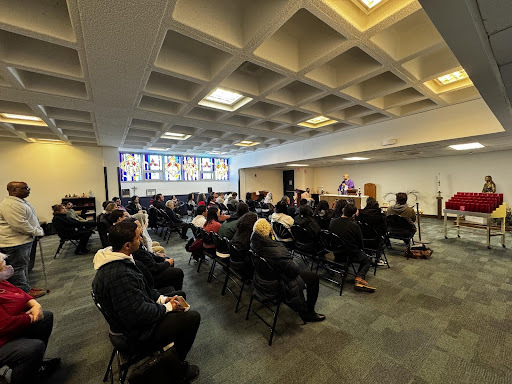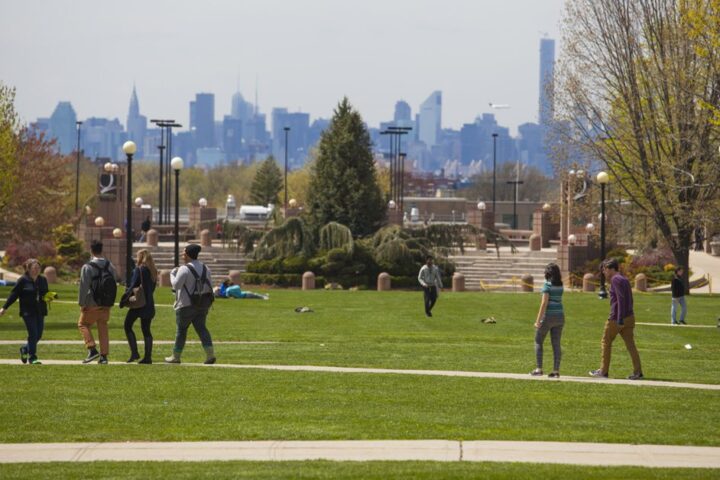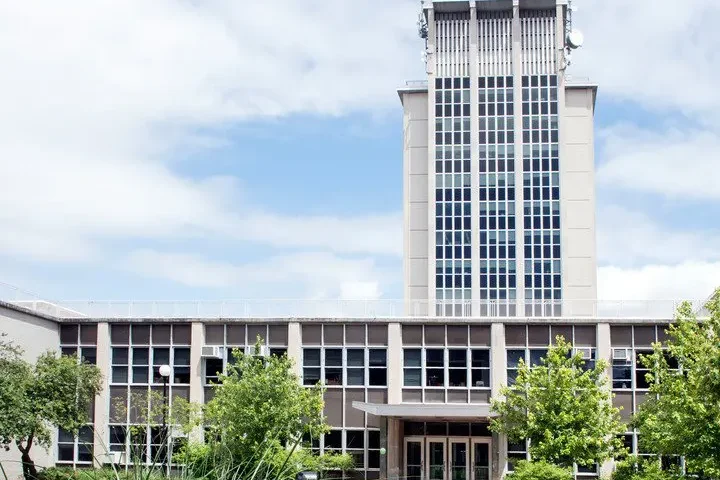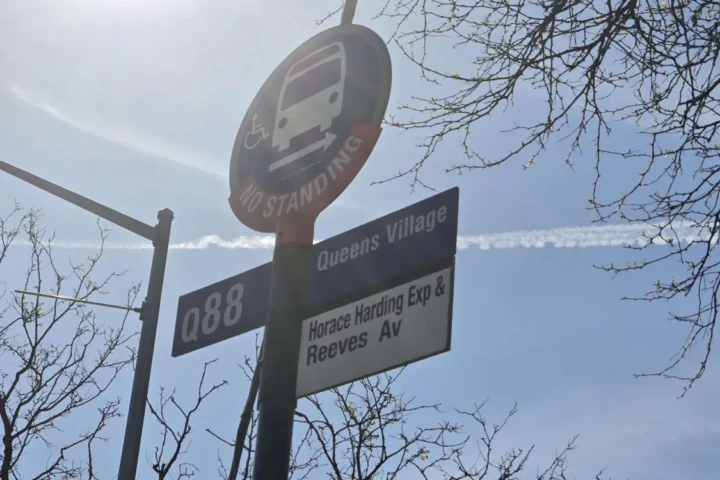On Feb. 14th 2024, while others gathered with their Valentines, staff at the Catholic Newman Center seemed to smudge dirt on students’ faces. However, “it’s not just a smidgen of dirt on your forehead: they are ashes which signify the cross,” Reverend Jose Diaz, priest chaplain at the Newman Center, explained.
But what is Ash Wednesday, and why does it matter to Catholic students on campus?
Ash Wednesday marks the start of the Lenten season, a period of 40 days leading up to Easter Sunday. It is a season of fasting, almsgiving, and prayer for Catholics across the globe.
“I think a good way to say it is that it’s a spiritual exercise where we try to conform our hearts to that of Jesus’ heart,” Diaz said.
To give students the chance to participate in Ash Wednesday, the Newman Center provided services from 9 a.m. – 6 p.m. as well as mass at 12:15 p.m. The ashes are an integral part of this spiritual exercise to orient oneself to this change of season.
“To see that many people on our campus just receiving ashes, just receiving the Lord . . . to see that many people just worshiping the Lord, it was amazing,” said junior Tristan Pereyra, a frequent visitor to the Catholic Newman Center.
The ashes, as Diaz said “remind us where we’re headed . . . [they] signify our mortality, our imperfection, and our need for God.” These ashes come from the prior year’s Palm Sunday branches, a once lively symbol of praise and joy turned old and dry. “These things are passing, ashes burn away, and so the only thing that’s not passing is Christ,” the chaplain added.
An initial impression of Ash Wednesday and Lent may be negative — a sullen time marked by self-flagellation and morbid thoughts — but Diaz warned against this, especially for students on campus: “Remember what Jesus says: when you fast, don’t look gloomy, look good. Life is beautiful and God is good, and so I think that even on a day when we’re all penitential as a church . . . it flows from a place of goodness. What we’re doing is something beautiful. So we shouldn’t be somber and all down.”
This reality was especially apparent after the mass. Whereas the mass itself was silent and respectful, the group was equally capable of bouncing to excited chatter once the service ended. Students got together to speak with one another, and groups spilled out into the second-floor lounge together.
“Oh, that was my favorite part, definitely talking to the people . . . It’s really great, I love that fraternity, just fostering that friendship with people and, just, talking it up with people. That’s what it’s all about, really,” said Pereyra.
Freshman Julianna Velasco, who had not been to the Catholic Newman Center before, said the event was overall very enjoyable despite some doubts going into it.
“It was surprising; it was different than what I expected. At first I thought it was just gonna be really long or just weird, but it was really nice. I liked what the priest was saying for his homily.”
She was also struck by the atmosphere after the mass, commenting, “It was a nice environment, I felt like going back.”
The Newman Center’s main initiative is to foster community, Diaz explained, “The idea is to create a Catholic culture here on campus, for those who are Catholic and for those who are interested, to provide for the spiritual needs for those who are on campus.”











